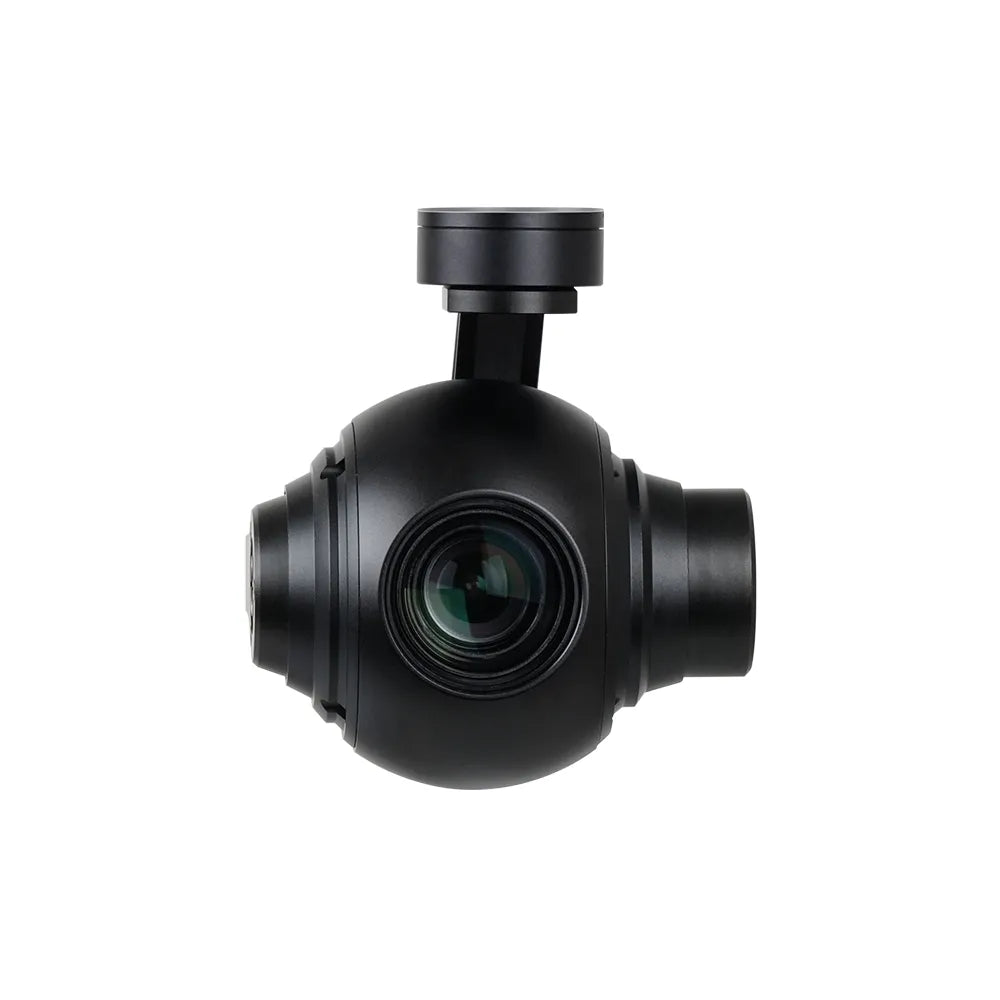Drones have become indispensable in a variety of industries, such as the production of films, environmental monitoring, as well as construction. These precision instruments are not simply a gadget for the hobbyist. They are equipped with the latest technology. The drone gimbals, drone thermal cameras, and drone LiDAR systems have changed the way we record information, track environments and provide incredible accuracy in a myriad of applications. Here’s a comprehensive look at these latest technologies and their significance.

Image credit: rcdrone.top
Gimbal Cameras They are the Backbone of Stable Aerial Imaging
A gimbal camera is a game-changer in drone technology. The aim isn’t just to take stunning aerial photos. It’s also essential that each frame is in a steady and smooth manner. The motorized stabilization feature of Gimbal cameras compensates for drone vibrations, wind and other environmental noises. This allows for stable shots even in challenging environments.
The three-axis stabilization offered by modern gimbal cameras gives you unrivaled control. Whether you are capturing cinematic shots, or inspecting the infrastructure, being able to tilt and roll your camera at a precise angle will enhance the quality of your photos. The latest gimbal camera models are equipped with high resolution sensors and adaptive lens technology that lets you concentrate and zoom in on different tasks.
Drone Gimbal: Enhancing Drone Performance
The drone gimbal, also known as the mechanical marvel that houses the camera on gimbal. It provides the stability and flexibility professional applications need. Even the most sophisticated cameras are unable to give consistent results without a high-quality drone.
The latest drone gimbals incorporate advanced technologies like heterogeneous IMU (Inertial Measurement Units) and electric compass sensors. These components work together to merge real-time information which ensures smooth flight as well as camera control. For businesses like filmmaking and agriculture, as well as surveying the ability to capture flawless footage while the drone navigates complex environments is crucial.
One standout feature of the latest drone gimbals is their slim yet robust design. These gimbals reduce the weight of the drone as well as increase energy efficiency. They combine quality, durability, and precision and are essential for professionals.
Drone Thermal Camera The Future of Monitoring in Real Time
A drone equipped with a thermal camera provides a wide array of possibilities, especially for applications that require live analysis and monitoring. The thermal camera is different from traditional cameras due to the fact that they can detect infrared light and translate it into pictures. This technology is extremely useful for tasks like search and rescue operations as well as firefighting, wildlife surveillance, and industrial inspections.
High-resolution thermal cameras that are equipped with drones let operators find anomalies that are invisible to the naked eye. Thermal cameras, for instance, is able to pinpoint hotspots on burned structures and permit targeted interventions. In industrial applications, thermal images may be used to find overheated equipment or electrical faults.
The combination of thermal cameras and drones provides steady and precise image quality. Modern models are equipped with energy-efficient designs and adaptable lenses that make them a flexible tool that can be used in a variety of industries.
Drone LiDAR – Precision Mapping, Surveying and Mapping
One of the biggest advances in drone technology is drone LiDAR (Light Detection and Ranging). This system uses laser pulses to create detailed 3D maps and models of the terrain. Drone LiDAR is able to capture measurements in challenging terrains, such as dense forests or rugged landscapes.
Drone LiDAR has a special advantage in fields such as construction of urban areas, planning them, and monitoring the environment. For instance, it can produce accurate topographic maps for massive infrastructure projects, which allows for greater planning and implementation. The compact design and integration of GNSS (Global Navigation Satellite System) and POS (Position and Orientation System) and various other technologies enhance precision and reliability.
The flexibility of LiDAR drones is yet another benefit. LiDAR scans provide valuable information for a variety of applications, from conservation of the environment to precision surveys.
The Synergy Between Advanced Drone Technologies
The seamless integration of gimbal cameras into drone LiDAR systems signals an entirely new era in drone capabilities. Together, these two technologies provide unparalleled stability, clarity, and precision, which allows professionals to accomplish more in a shorter amount of time.
These components are expected to improve as drones continue to evolve. Future developments could include AI-driven image processing and enhancement of battery performance, and wider acceptance in fields such as disaster management and healthcare.
Drone Gimbals and thermal cameras for drones have revolutionized the use of drones in all industries. Whether for stunning cinematic visuals, real-time thermal imaging, or for precise 3D mapping, these innovations make drones indispensable tools in today’s technological landscape. These advanced systems can enable professionals to discover new possibilities by challenging the limits of drone capabilities.